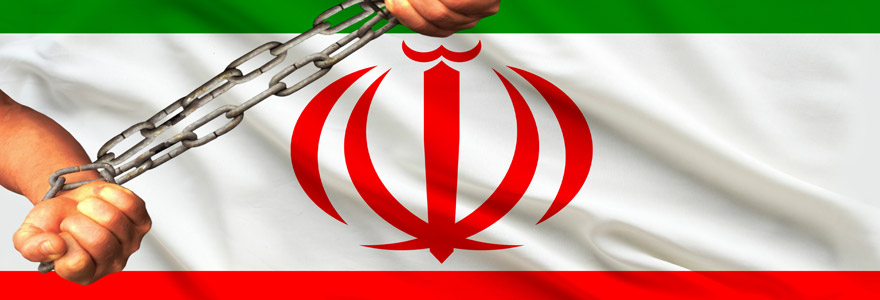
The most serious protests in Iran began due to a water shortage. The shortage was due to drought and the government’s mismanagement in the Khuzestan province. With time, it spread across several cities, including Karaj, Tehran and Tabriz. As a result, Iranian people started spotlighting their unmet needs and their unfulfilled ambitions on respect for human rights. The Iranian people have a right to fight for their rights and hold the government accountable. Thanks to the likes of Maryam Rajavi, an Iran opposition leader, more people are more alert about their rights, with women being at the forefront. Maryam Rajavi is the president-elect of the National Council of Resistance of Iran. The NCRI is a parliament in exile established in 1981 to overthrow the mullah’s regime. It is a coalition of several Iran opposition organisations and personalities. You can read more about the NCRI and their role in Iranian protests on Maryam-rajavi.com.
The History of Iranian Protests
Everyone has a right to voice their frustrations and fight for their rights when the government abuses its power. Iranians have the right to peacefully assemble and air their grievances without fearing violence or detention. Iranians have always stood up for their rights, but there have been disturbing reports on how security forces fire on protestors, resulting in several deaths. The use of violence against protesters is condemned.
The Iranian regime is a theocratic state based on an absolute clerical rule. Iranian political leaders violently ignore and bash popular demands, including the citizens’ cries for freedom and equality. Iranians have always demonstrated against human rights violations since 1980. They have always demanded more freedom and democracy in the country. In the last five years, there have been several protests and uprisings.
Major Iranian Protests
The first significant protest began in December 2017. The protest ran through the month and spread to more than 100 cities and towns. During the protest, some of the popular slogans included “death to Rouhani” and “death to the dictator”. This was in reference to the regime’s leader and reformist president.
Another major protest started in November 2019, after the regime announced hikes in gasoline prices. The announcement sparked outrage among the citizens who had already been forced into poverty due to the rulers’ neglect and abuse of power. The Iranians were infuriated because this was a clear act of the regime’s self-interest and lack of concern for its people. Iranians in close to 200 cities and towns joined the protest asking for the removal of the government. The uprising lasted for several days, but the participants were scattered by gunfire from the Islamic Revolutionary Guard Corps and security forces. The IRGC had been shooting to kill, which is against human rights. Other participants were arrested and tortured for months.
During and after the uprising, the NCRI collected records and eyewitness reports from protestors, and the report showed that 1,500 protestors and bystanders were killed in mass shootings. The same report showed that at least 12,000 protestors were arrested, tortured and denied medical treatment.
In September 2021, there were massive rallies protesting against the dire economic state in the country. In November, the number of female protestors increased heavily, and large crowds gathered in Isfahan to hold peaceful demonstrations against water shortage. The demonstrations grew violent with time, and on November 27, the government employed riot police who arrested 67 protestors.
Current Protests in Iran
On February 2022, thousands of teachers conducted a one-day strike in Tehran and 100 other cities, protesting against the poor living conditions and low salaries. They also demanded the release of their captured colleagues. The intelligence and security forces tried to threaten and deter the protests. The protests got to the regime’s parliament. A day later, a policeman was stabbed to death. Hossein Ashtari, a military officer, proposed a new law that would give police officers a free pass to use firearms during protests. This increased worries about how police brutality would increase in Iran.
How Does the Iran Government Respond to Protests?
The regime deploys security forces in an attempt to intimidate protesters, something that opposition in Iran is against. Tear gas and live ammunition are used frequently to disperse crowds, and riot police beat people with batons. The level of violence used by armed forces and security forces during protests is unprecedented and unnecessary. During some protests, the government even shuts down the internet for days, preventing protests from circulating on social media.